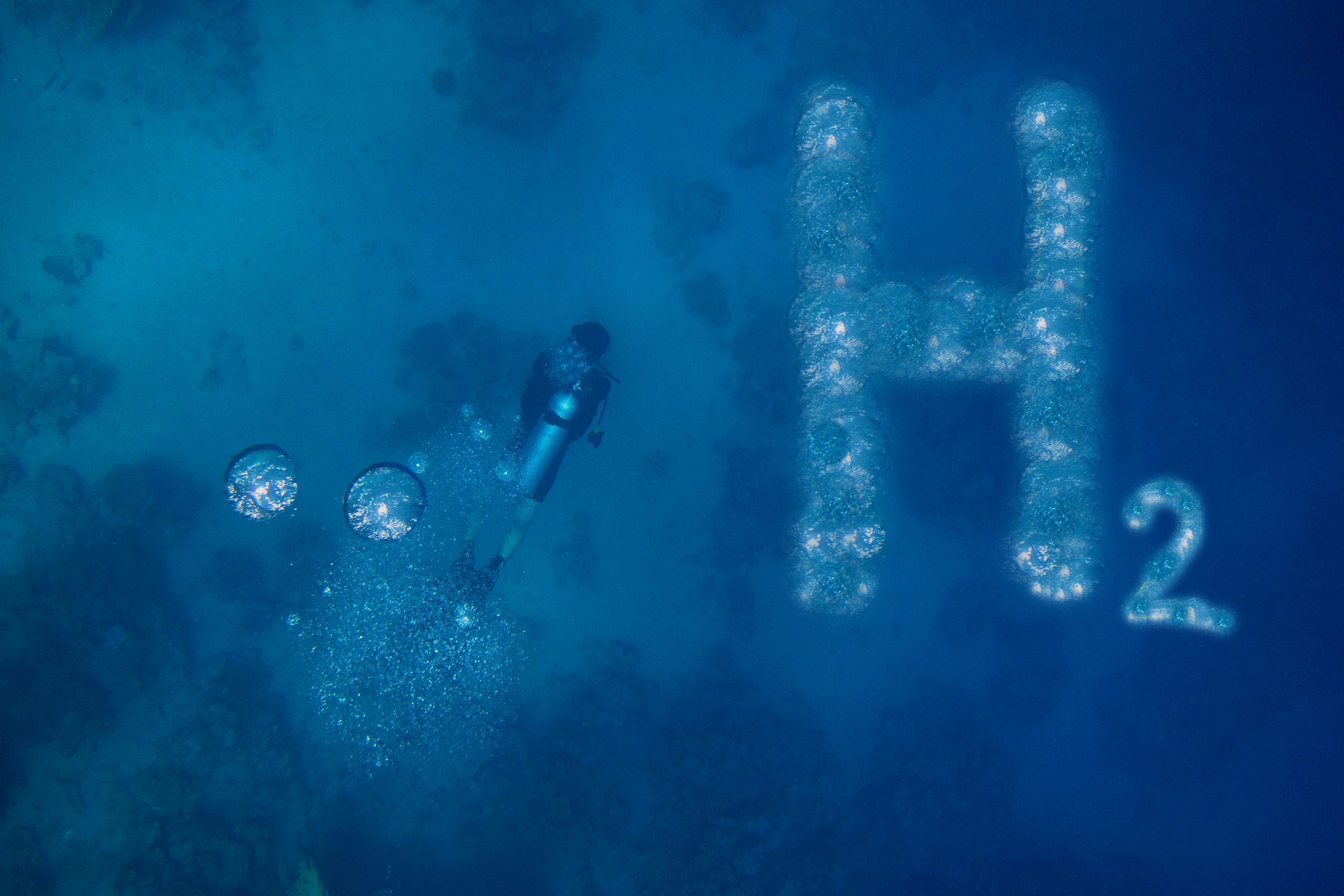
As global energy needs continue to escalate amid growing concerns about climate change, the prospect of utilizing seawater as a source of fuel presents both an intriguing opportunity and a formidable challenge. Which countries, in this rapidly transforming energy landscape, stand to gain the most from the innovative production of fuel derived from seawater? This inquiry beckons us to delve into an exploration of geographical, technological, and economic factors that align toward making seawater a viable source of green energy.
First, let us consider the geographical distribution of nations with extensive coastlines. Countries such as Saudi Arabia, Australia, and the United States possess vast stretches of ocean, making access to seawater not only convenient but also potentially lucrative. For instance, nations along the Arabian Peninsula, heavily reliant on fossil fuel production, have already invested in renewable technologies, including solar, wind, and desalination. The transition to seawater-derived fuel could serve as a complementary approach to diversify their energy portfolio while simultaneously fortifying their commitment to sustainability.
Australia stands out with its monumental coastline and sunny weather, ideal for harnessing solar energy. Imagine a future where solar energy and seawater fuel converge, creating a synergistic energy production model. The nation is ripe for innovative technological advancements that could enhance the efficiency of fuel extraction from seawater, positioning it as a leader in green energy. This interplay of geographic bounty and technological ambition could place Australia at the forefront of seawater fuel benefits.
Next, consider the economic implications and energy dependencies of island nations. Many of these nations, such as the Maldives and Fiji, grapple with exorbitant energy costs due to reliance on imported fossil fuels. These small island states are particularly vulnerable to the impacts of climate change, making the pursuit of renewable energy solutions paramount. Harnessing fuel from seawater could significantly mitigate energy costs while fostering energy independence. As these countries innovate and implement seawater fuel technologies, they could emerge as examples of resilience in the face of environmental adversities.
The technological challenge of extracting fuel from seawater cannot be overstated. The primary focus lies in the potential use of algae and other biomass, which can thrive in saltwater environments. This biotechnological approach could lead to sustainable fuel production while simultaneously addressing issues of carbon sequestration. Countries like Brazil and Indonesia, known for their abundant biodiversity, might exploit the robust ecosystems within their coastal regions to develop biofuels derived from marine organisms. This not only ensures energy production but also boosts local economies through the creation of jobs in biotechnology and marine agriculture.
However, the question emerges: which nations will ultimately lead the charge? A closer examination reveals that countries with established research institutions and a commitment to scientific advancement will likely gain a competitive advantage. The European Union, with its stringent environmental regulations and substantial investment in renewable energy innovation, could play a pivotal role in pioneering seawater fuel technologies. Countries such as Denmark and Germany, renowned for their achievements in wind and solar energy, could seamlessly adapt their expertise to the realm of seawater fuel production.
Yet, the rise of seawater-derived fuel is not devoid of challenges and ambiguous prospects. Environmental implications related to the extraction process, potential effects on marine ecosystems, and the overall energy cost-effectiveness are vital considerations. Nations embarking on this venture must strike a delicate balance between technological advancement and ecological conservation. It is essential to ensure that the pursuit of a green energy future does not inadvertently lead to the degradation of marine biodiversity, which many coastal nations heavily rely upon. Policymakers must foster collaborative frameworks that engage scientists, environmentalists, and industry stakeholders in dialogues about sustainable practices.
As we venture deeper into the implications of seawater as a fuel source, one must also consider the compatibility of such technology with existing infrastructure. Transitioning countries to embrace seawater fuel requires substantial infrastructural investment and a paradigm shift in energy usage. Countries like China, with vast manufacturing capabilities and rapid technological advancement, could capitalize on seawater fuel’s potential to revolutionize their energy supply. Thus, the interplay between technological readiness and infrastructure development evolves into a crucial determinant of success.
Moreover, the global nature of energy trade demands an examination of international relations and cooperation. Countries that move swiftly to adopt seawater-derived fuel technology will likely gain leverage in a marketplace increasingly focused on sustainability. Collaborative efforts—such as bilateral agreements fostering research or carbon trading initiatives—could lead to fruitful exchanges of knowledge and resources, thereby accelerating global energy transitions.
In conclusion, the countries poised to benefit most from the advent of seawater-based fuel are those that strategically align their geographical advantages, technological advancements, and economic motivations. The potential for transformative change rests with nations that prioritize innovation while safeguarding environmental health. The journey toward a seawater-powered future poses a compelling question: will we rise to meet the challenge and harness the bounty of our oceans for a more sustainable world, or will we let this opportunity slip away? The answer resides in our collective resolve and commitment to reshape the future of green energy.
